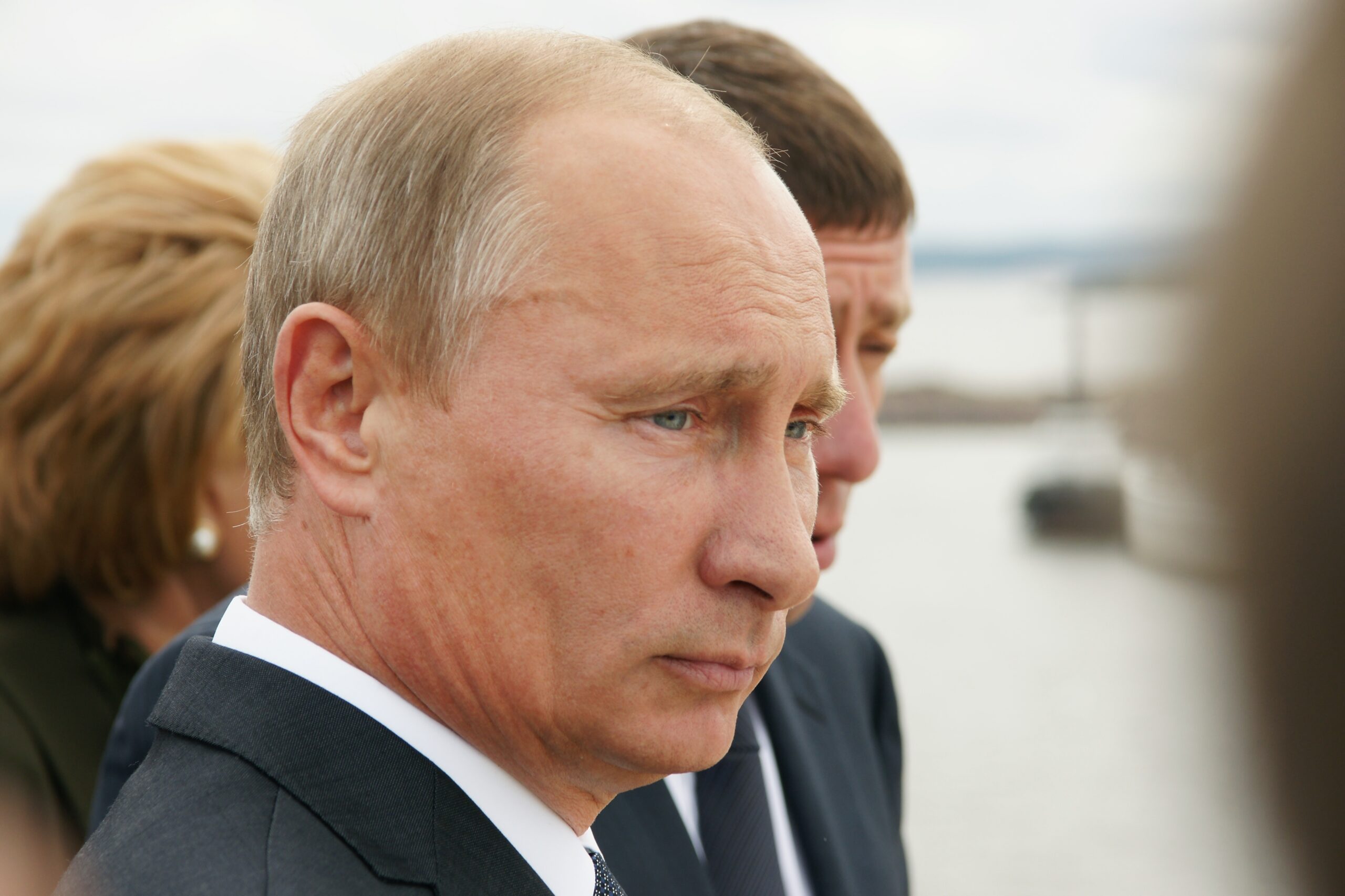Trump SIDES with Putin – Allies ALARMED

President Trump signals a strategic shift in US involvement with the Russia-Ukraine conflict as both nations remain locked in an uncompromising diplomatic stalemate.
At a Glance
- The Trump administration has diverged from European allies by not explicitly blaming Russia in UN resolutions
- Secretary of State Marco Rubio warned the US would end mediation unless both sides present “concrete proposals”
- Trump has initiated direct negotiations with Russia, excluding Ukraine and European allies from preliminary talks
- Neither Ukraine nor Russia appears willing to compromise on territorial claims
- Trump has called for Putin’s involvement in peace talks, suggesting negotiations won’t progress without them
A Diplomatic Divide
The United States under President Trump has taken a distinctly different approach to the Russia-Ukraine conflict than its European allies. In a significant policy shift, the US voted against a Europe-backed Ukrainian resolution in the UN General Assembly that explicitly condemned Russia’s aggression. This move has created a visible rift in the Western alliance that had previously presented a unified front against Russian military actions. The administration has instead pursued direct negotiations with Russia, cutting out both Ukraine and European allies from preliminary discussions.
The diplomatic tensions have intensified as Trump has made controversial statements about Ukrainian President Volodymyr Zelenskyy and the war’s origins. France attempted to bridge the gap by proposing amendments to the US resolution, emphasizing Russia’s invasion and reaffirming Ukraine’s sovereignty. These efforts highlight the fundamental differences in approach between the US and its traditional partners in handling the ongoing conflict.
The Ultimatum
US Secretary of State Marco Rubio has delivered what amounts to an ultimatum in the peace process, declaring that American involvement as a mediator may soon end. “We are now at a time where concrete proposals need to be delivered by the two parties on how to end this conflict. If there is not progress, we will step back as mediators in this process,” stated Rubio. This declaration represents a significant shift from previous administration policies that committed to unwavering support for Ukraine.
“If there is not progress, we will step back as mediators in this process.”, said Tammy Bruce.
The Trump administration has criticized previous US support for Ukraine, with both the President and Vice President J.D. Vance accused Zelenskyy of ingratitude for American military aid. While Russia has proposed limited ceasefire options, including a three-day pause in hostilities, US negotiators have held firm on demanding a complete and durable ceasefire agreement. This position comes as Russian forces continue to advance in eastern Ukraine, prompting evacuations in the Dnipropetrovsk region.
The Uncompromising Positions
The central challenge to any peace agreement remains the fundamentally opposing positions of the two warring nations. Ukraine has consistently refused to recognize territorial losses, while Russia demands acknowledgment of its control over annexed regions including Crimea and parts of the Donbas. President Zelenskyy’s peace plans, including his 10-point “peace formula,” have been criticized for failing to acknowledge the reality of Russian territorial control, which continues to expand through military means.
Zelenskyy faces considerable domestic political constraints that make compromise difficult. Having promised complete victory to his constituents, any acceptance of territorial losses could trigger political instability within Ukraine. Meanwhile, with Russian forces making slow but steady gains, Putin has little incentive to make concessions. This military reality on the ground further complicates American mediation efforts, as neither side appears motivated to end the conflict on terms the other would accept.
A New Approach
President Trump has attempted to break the diplomatic logjam by proposing direct high-level talks. His administration has worked to organize a meeting between Zelenskyy and Putin in Istanbul, though progress has been limited. More recently, Trump has indicated that meaningful negotiations cannot proceed without his personal involvement alongside Putin, suggesting that only direct engagement between the two leaders might produce results.
Some policy experts are now suggesting that complete American disengagement might be the most effective strategy. By stepping back from mediation efforts until both Russia and Ukraine demonstrate genuine willingness to compromise, the US could allow reality to set in for both parties. This approach recognizes that continued American involvement may actually prolong the conflict by enabling both sides to maintain unrealistic expectations rather than face the difficult compromises necessary for lasting peace.
As the conflict enters its third year with no end in sight, the Trump administration appears increasingly inclined toward this strategic disengagement. By allowing both Russia and Ukraine to directly confront the costs and realities of continued warfare without American mediation, the hope is that eventually both sides might become more amenable to the compromises necessary for a negotiated settlement. Whether this approach will succeed remains uncertain, but what is clear is that current diplomatic efforts have reached an impasse.












